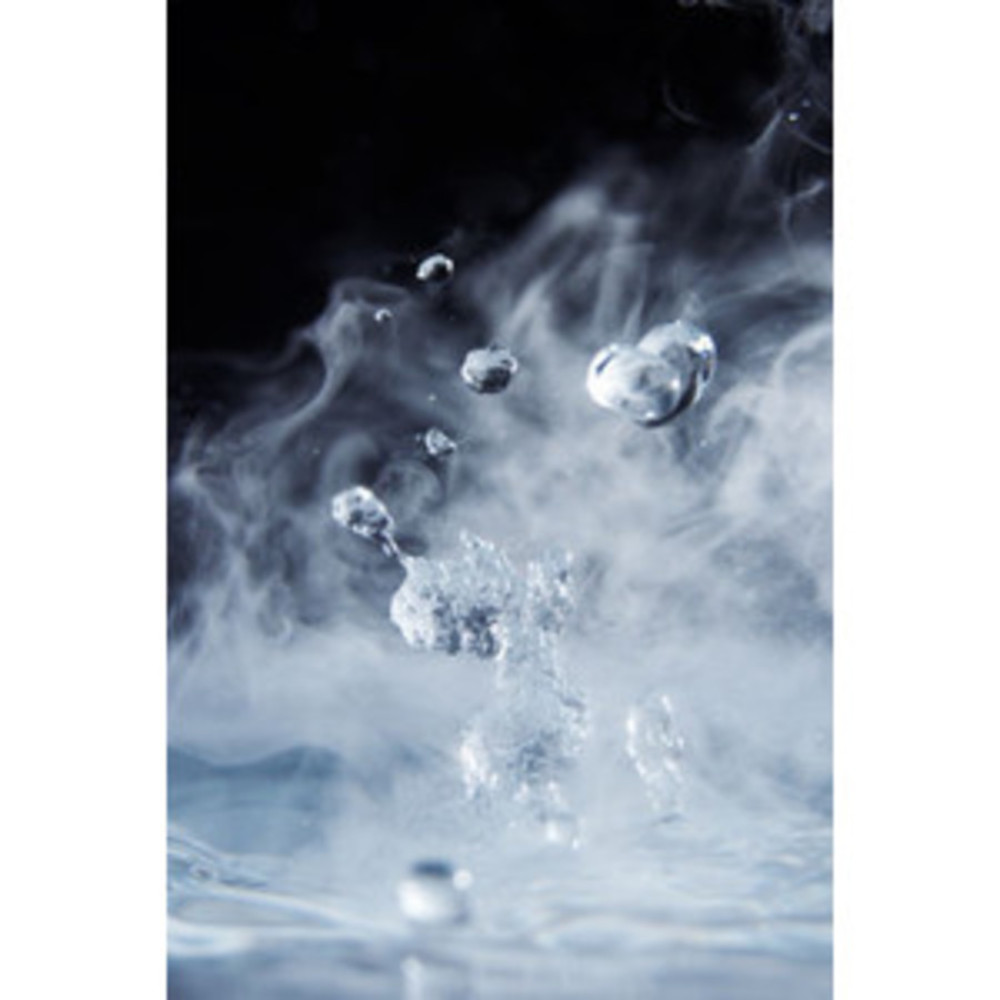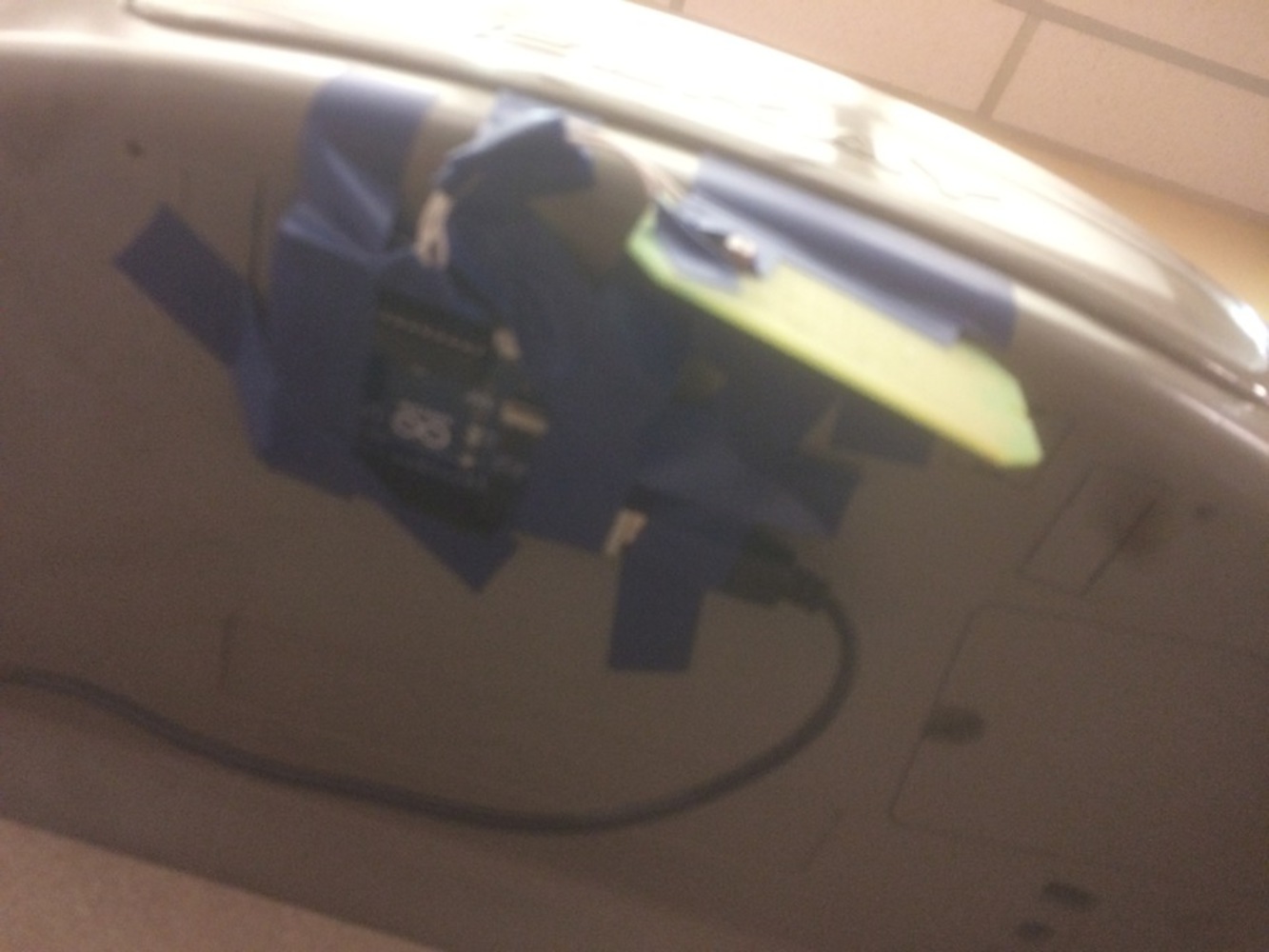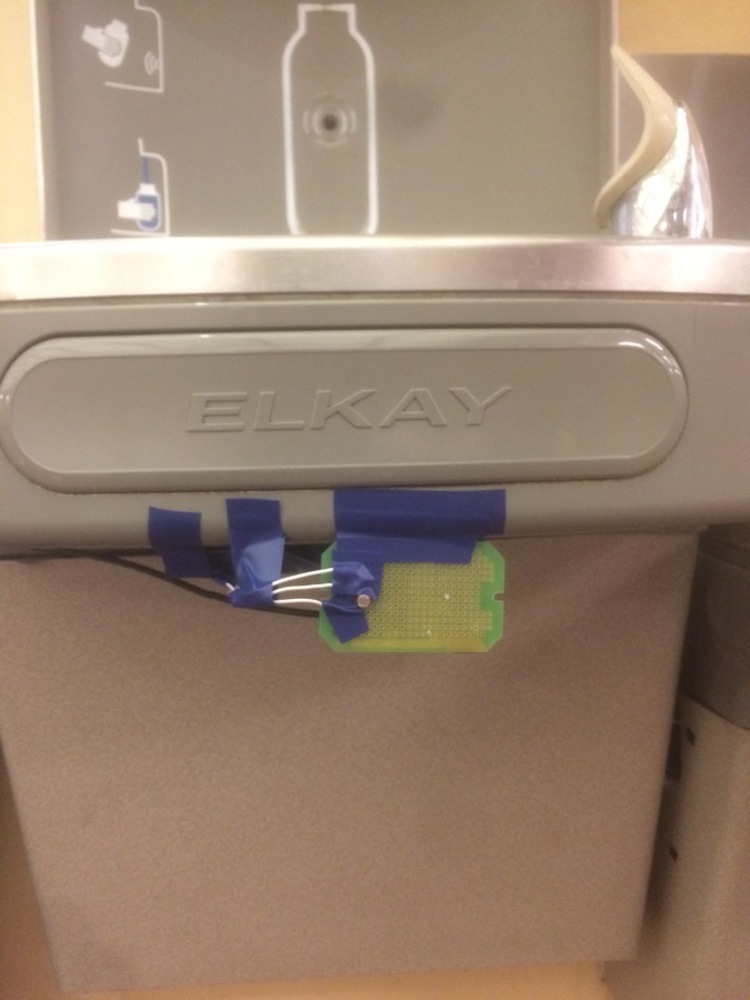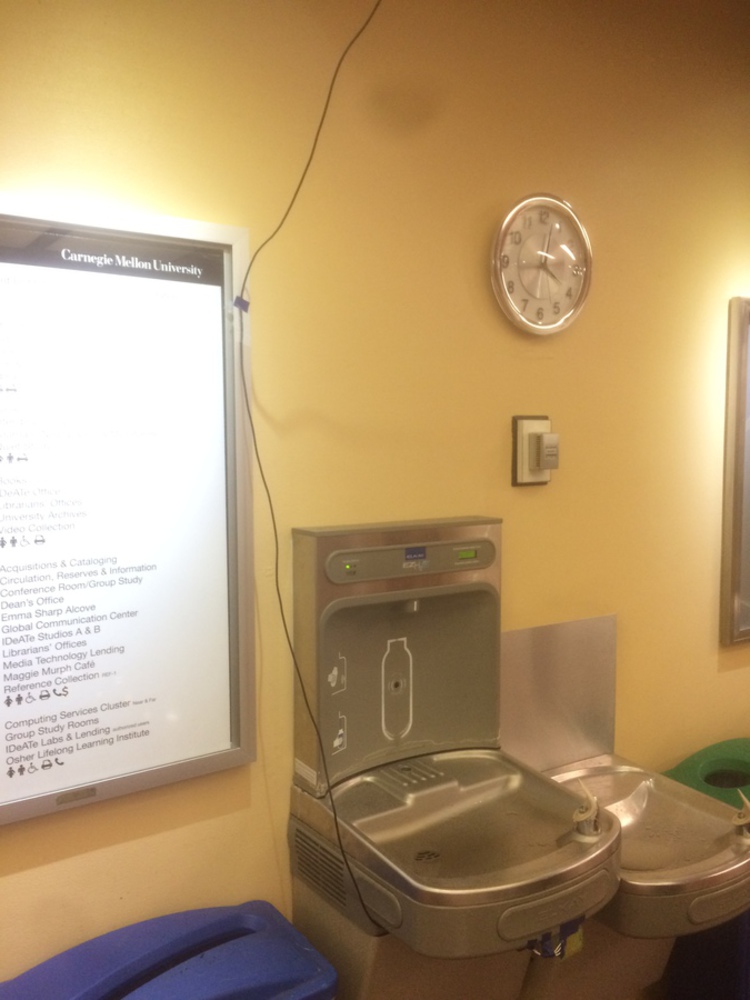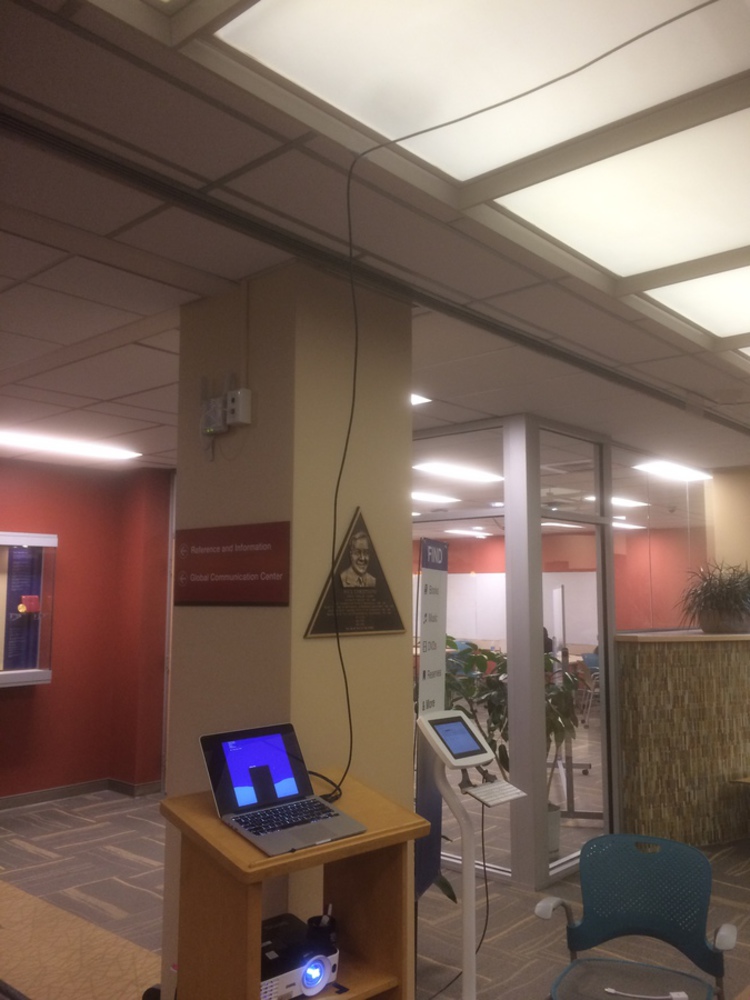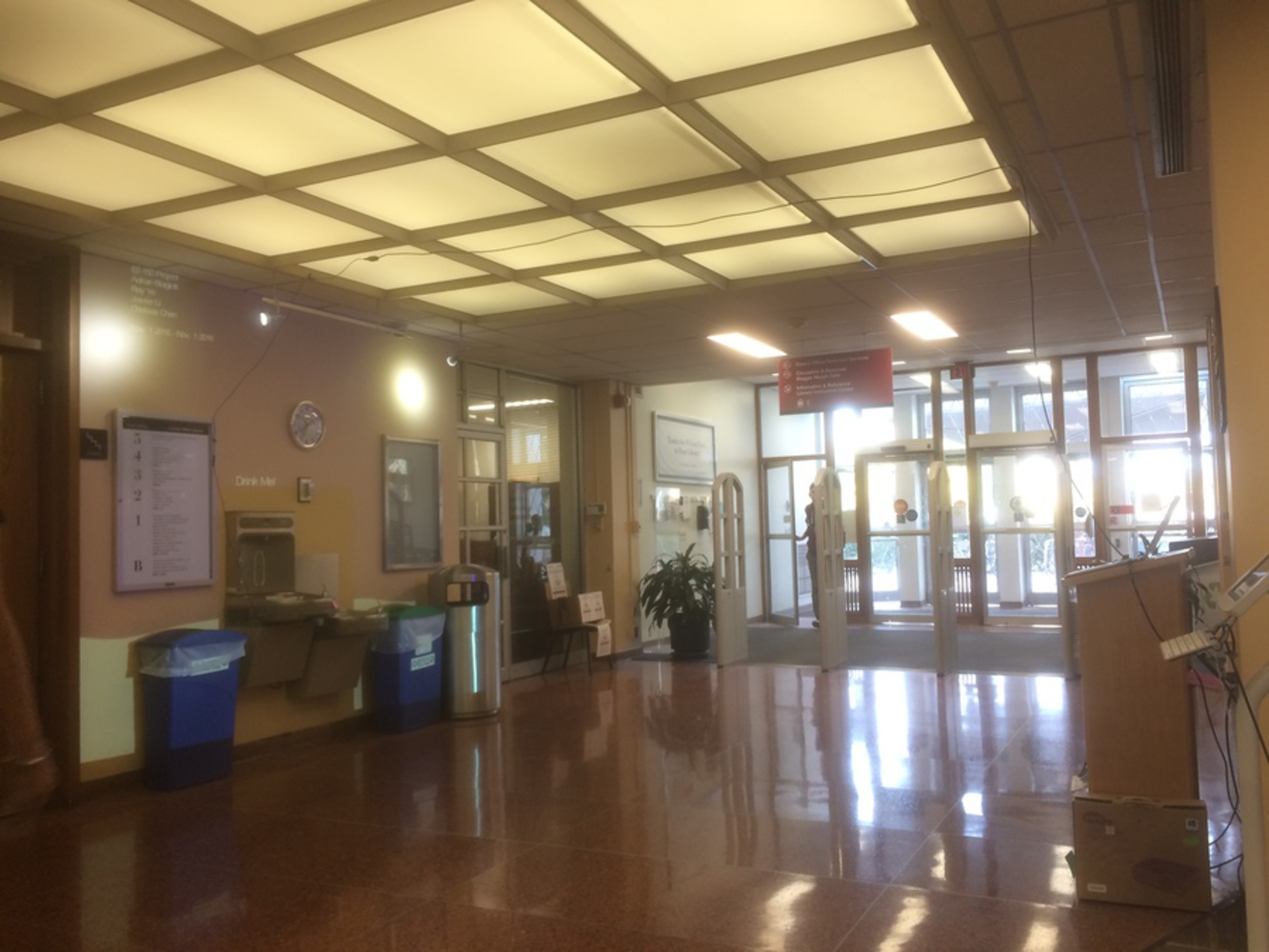Intention
Write about the big ideas behind your project? What are the goals? Why did you make it? What are your motivations?
The intent of the project is to create an installation based around two of the states of water. The installation itself will be a clear plastic tank of water connected to a humidifier such that the tank supplies the water to the humidifier and pumps water vapor back into the tank in a closed system. To add a level of interactivity, LEDs will be below the tank to shine colored lights through the water and steam, the colors controlled by sounds nearby picked up by a microphone. And to maintain stability of the installation, the tank will be supported by plastic legs.
Due to the nature of this installation, the potential location for it must be anywhere with access to electrical power, yet also in a location with objects not afraid of water damage, although the latter may be averted with either location of installation or better construction of the installation. To make the project more compact and slightly simpler, the humidifier would be cut down t accommodate the plastic and lights, and again, four plastic legs will maintain the stability of the tank. The microphone could either be directly on the installation or located somewhere nearby to pick up the ambient noise of Hunt. The most optimal location, assuming that the construction of the case is enough to mostly guarantee the safety and containment of the liquids, would be in a corner somewhere in the carpeted area in Hunt, such that there would be enough ambient noise for the microphone to pick up, for example near the sofas opposite the circulation desk.
UPDATE:
After considering the many drawbacks to this as a potential project, we altered our idea to create an experience with the drinking of water from a water fountain. The usage of a water fountain drastically cuts down on the potential for spillage and containment and increases the potential of interaction with the installation as a whole.
For the experience, we settled on projecting what amounts to flooding the user of the water fountain with water to enhance on the experience of drinking water from the water fountain. And in order to get the most interaction possible, we placed the project at the first floor water fountain.
